The world’s coastlines are dotted with countless fishing communities, but most of the famous ones have been transformed by cruise ships, resort hotels, and souvenir shops. These places might still catch fish, but they’ve lost that authentic rhythm of life that comes from generations of families working the same waters.
The charm gets buried under layers of tourist infrastructure, and the real culture becomes a performance rather than a way of life. Fortunately, some fishing villages have managed to stay true to their roots. These communities continue to operate much as they have for centuries, with weathered boats pulled up on rocky shores and nets hung out to dry in the salt air.
Here is a list of 16 traditional fishing villages that remain largely untouched by tourism, each preserving a unique slice of maritime heritage.
Nazaré, Portugal

Nazaré sits perched on Portugal’s central coast, where massive Atlantic swells crash against dramatic cliffs. The village gained some fame among surfers for its record-breaking waves, but the old fishing quarter remains remarkably unchanged.
Women still wear traditional seven-petticoat skirts while mending nets, and the colorful boats called ‘arte xávega’ get hauled onto the beach by oxen just as they have for generations. The local dialect includes words that trace back to ancient Phoenician traders, making conversations here feel like stepping back in time.
Urke, Norway
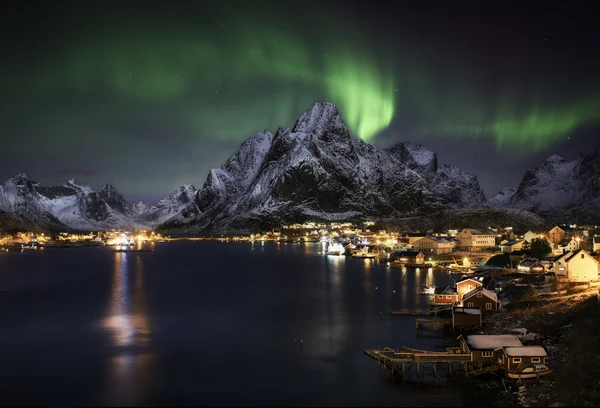
Tucked into a narrow fjord on Norway’s western coast, Urke feels like it exists in its own pocket of time. The village consists of just a few dozen red wooden houses scattered along the water’s edge, connected by gravel paths that follow the natural contours of the rocky shore.
Fishermen here still use traditional methods to catch Arctic char and salmon, often working from small boats that have been passed down through families for decades. The nearest road ends about 6 miles away, so visitors must either hike in or arrive by boat, which keeps the crowds at bay.
Like Travel Pug’s content? Follow us on MSN.
Klima, Greece

Klima occupies a thin strip of volcanic coastline on the Greek island of Milos, where brightly painted houses seem to grow directly from the black rocks. These ‘syrmata’ were originally boat garages with living quarters above, and many families still use them exactly as intended.
The village produces some of the finest sea salt in the Mediterranean using traditional evaporation ponds that have operated since Byzantine times. Local fishermen favor small wooden boats called ‘trechandiri’ that can navigate the shallow waters around the island’s unusual geological formations.
Cudillero, Spain

Cudillero cascades down a steep hillside on Spain’s northern coast like a colorful waterfall frozen in time. The houses, painted in bright blues, yellows, and reds, create a natural amphitheater around the tiny harbor where fishing boats bob between the stone walls.
This village has its own dialect called ‘pixueto’ that developed from centuries of isolation, and the local fishermen still follow traditional methods for catching anchovies and sardines. The morning fish auctions happen right on the dock, with prices called out in rapid-fire Spanish while gulls circle overhead.
Reine, Norway
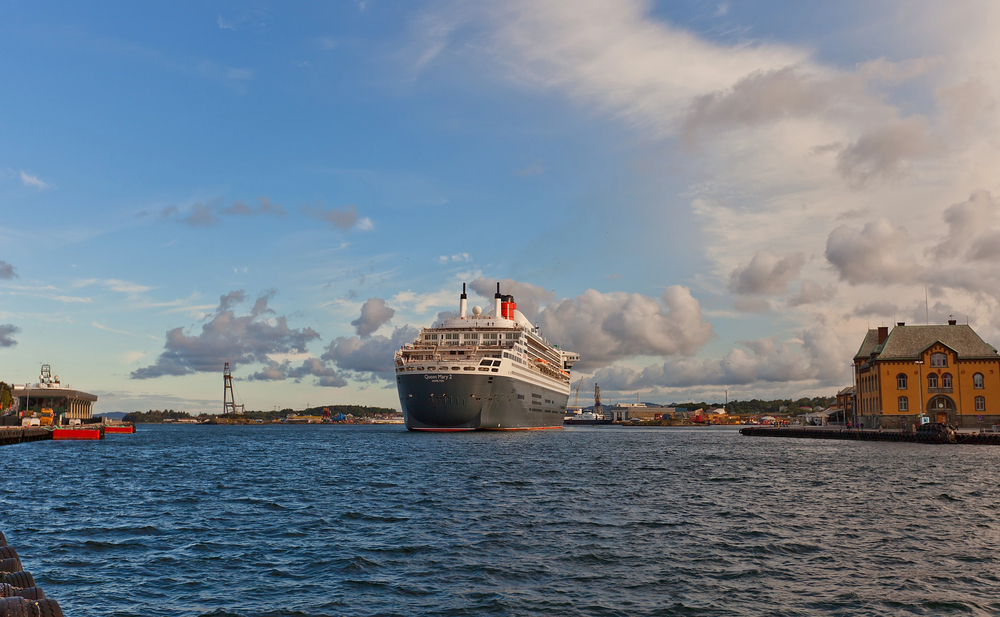
Reine sits on a small island in Norway’s Lofoten archipelago, connected to the mainland by a series of bridges that seem to float above the arctic waters. Red fishing huts called ‘rorbuer’ line the harbor, originally built to house fishermen during the winter cod season.
The village maintains one of Europe’s most traditional stockfish operations, where cod are hung on tall wooden racks to dry in the arctic wind. Despite Instagram-worthy scenery, Reine remains primarily a working village where the rhythm of life follows the fishing seasons rather than tourist calendars.
Like Travel Pug’s content? Follow us on MSN.
Procida, Italy

Procida floats in the Bay of Naples like a pastel-colored dream, but unlike its famous neighbors Capri and Ischia, it stays focused on fishing rather than fashion. The harbor town of Corricella features houses painted in soft yellows, pinks, and blues that reflect perfectly in the calm water.
Local fishermen still use traditional ‘gozzo’ boats to catch anchovies and sardines, often working at night with lanterns that create magical reflections on the water. The island’s restaurants serve fish that was swimming in the morning and appears on plates by evening, prepared with recipes that haven’t changed in generations.
Henningsvær, Norway
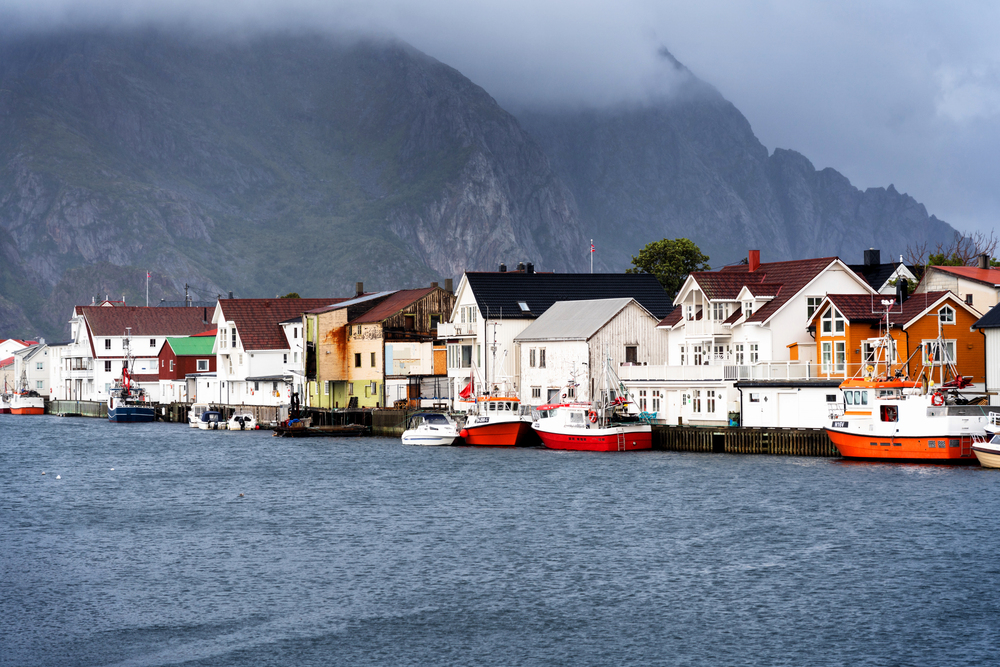
Henningsvær spreads across several small islands in the Lofoten chain, earning it the nickname ‘Venice of the North’ for its network of bridges and waterways. The village transforms dramatically during winter when thousands of cod migrate through the area, turning the harbor into a forest of fishing boats.
Traditional wooden drying racks stretch across the landscape like ancient monuments, where cod are turned into stockfish using methods perfected over a thousand years. The local soccer field sits on a rocky outcrop surrounded by water, making it possibly the most dramatic sports venue in the world.
Saksun, Faroe Islands
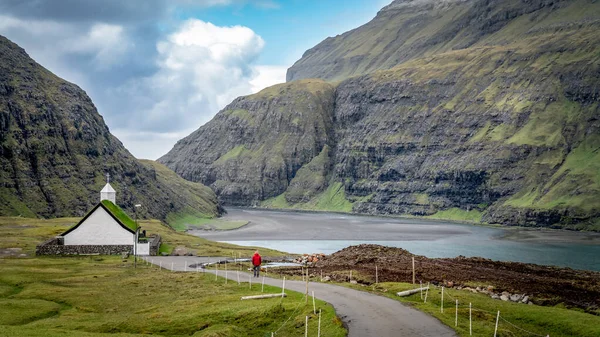
Saksun sits at the end of a winding road on Streymoy island, where a small river flows into a tidal lagoon surrounded by grass-covered mountains. The village consists of just a handful of houses with traditional grass roofs that help them blend into the dramatic landscape.
Local fishermen work the surrounding waters for salmon and sea trout, often using traditional Faroese boats called ‘slættarar’ that can handle the rough North Atlantic conditions. The village church, dating from 1858, still serves a congregation that includes families who have lived here for centuries.
Like Travel Pug’s content? Follow us on MSN.
Cinque Terre, Italy
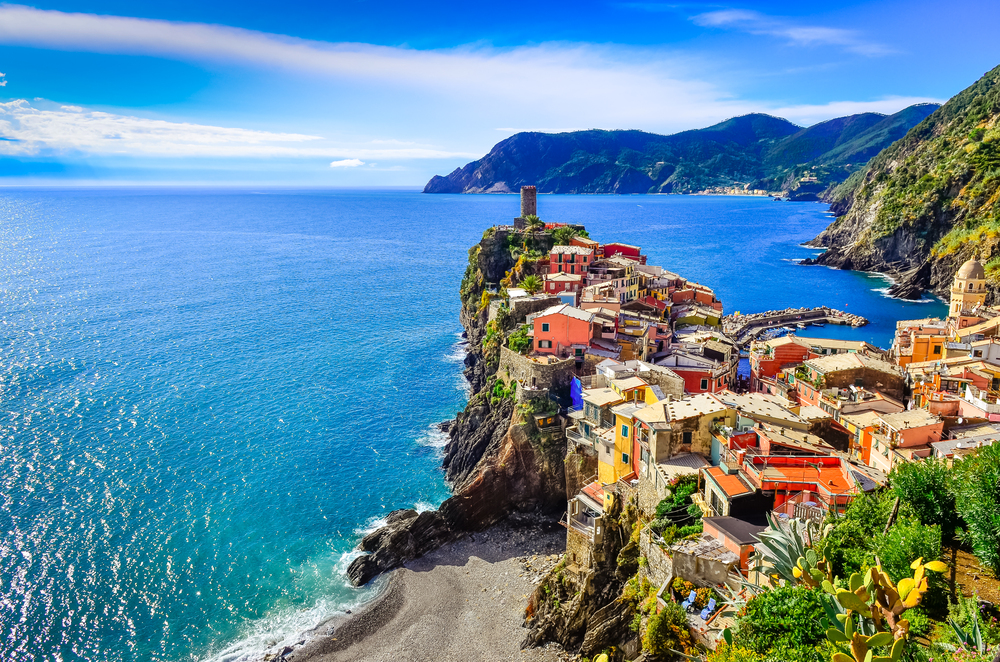
While most of Cinque Terre has succumbed to tourism, the small fishing quarter of Monterosso al Mare maintains its authentic character early in the morning before the tour groups arrive. Fishermen here still use traditional ‘gozzi’ boats to catch anchovies using methods that date back to Roman times.
The village produces some of Italy’s finest anchovy paste, prepared according to recipes that are closely guarded family secrets. Local restaurants serve ‘acciughe sotto sale’ (salt-cured anchovies) that represent centuries of preservation techniques developed for long sea voyages.
Stykkishólmur, Iceland
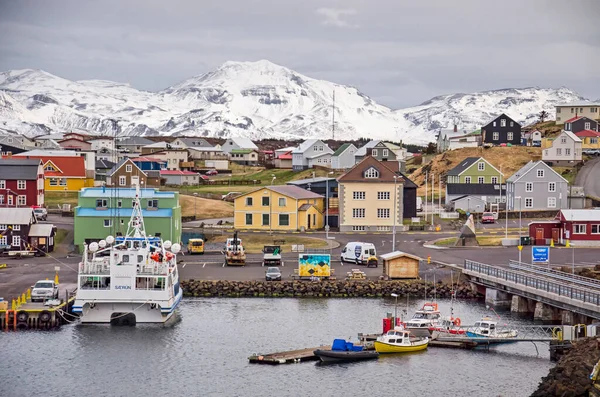
Stykkishólmur overlooks Iceland’s Breiðafjörður bay, where countless small islands create a protected harbor that’s been used by fishermen for over a thousand years. The village features traditional Icelandic houses with corrugated metal siding in bright colors that help them stand out against the dramatic landscape.
Local fishermen specialize in catching scallops and langoustines from the cold, clear waters using sustainable methods that ensure the fishery remains productive. The village serves as a base for exploring the Westman Islands, but most visitors pass through quickly, leaving the authentic fishing culture intact.
Honfleur, France

Honfleur’s old harbor represents one of France’s best-preserved fishing ports, where tall, narrow houses create a perfect rectangle around the water. The ‘Vieux Bassin’ (old harbor) still functions as a working port where local fishermen bring in sole, mackerel, and other fish from the English Channel.
Traditional Norman fishing boats called ‘bisquines’ occasionally appear during festivals, showcasing sailing techniques that were once essential for survival. The village maintains several traditional shipyards where wooden boats are still built and repaired using methods passed down through generations of craftsmen.
Like Travel Pug’s content? Follow us on MSN.
Gásadalur, Faroe Islands
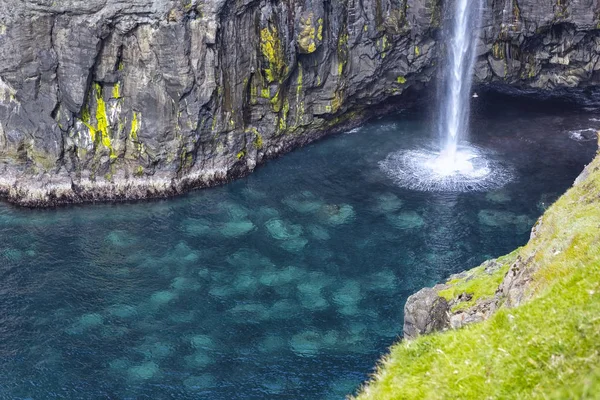
Gásadalur sits on a windswept plateau where just eleven people maintain one of the world’s most isolated fishing communities. The village overlooks the famous Múlafossur waterfall, which plunges directly into the North Atlantic, creating one of the most dramatic backdrops imaginable.
Local fishermen work from a small harbor accessible only by a steep, winding path that requires considerable skill to navigate safely. The village operates on traditional Faroese principles of community cooperation, where fishing equipment and boats are often shared among families.
Manarola, Italy

Manarola clings to the rocky coastline of the Italian Riviera, where terraced vineyards meet the Mediterranean Sea. The village maintains a small fishing fleet that works the waters around Cinque Terre using traditional techniques for catching anchovies and sardines.
Local fishermen still follow the ancient practice of ‘lampara’ fishing, using bright lights to attract fish during dark nights. The village produces both wine and fish sauce, representing a unique combination of land and sea traditions that have coexisted for centuries.
Nusfjord, Norway

Nusfjord functions as a living museum where traditional Lofoten fishing life continues much as it has for centuries. The village features perfectly preserved ‘rorbuer’ (fishermen’s cabins) and traditional buildings that showcase authentic Norwegian fishing culture.
During the winter cod season, the harbor fills with traditional boats called ‘nordlandsbåt’ that represent one of Norway’s oldest boat designs. The village operates a traditional stockfish production facility where cod are processed using methods that haven’t changed since Viking times.
Like Travel Pug’s content? Follow us on MSN.
Cadaqués, Spain

Cadaqués curves around a protected bay on Spain’s Costa Brava, where whitewashed houses reflect the intense Mediterranean light. The village maintains a working fishing fleet that specializes in catching anchovies and sardines using traditional Catalan methods.
Local fishermen still use ‘llaüts’ (traditional Catalan boats) that are perfectly adapted to the rocky coastline and variable wind conditions. The village inspired artists like Salvador Dalí, but the fishing community continues to operate according to rhythms that have nothing to do with art galleries or tourist seasons.
Vestmannaeyjar, Iceland
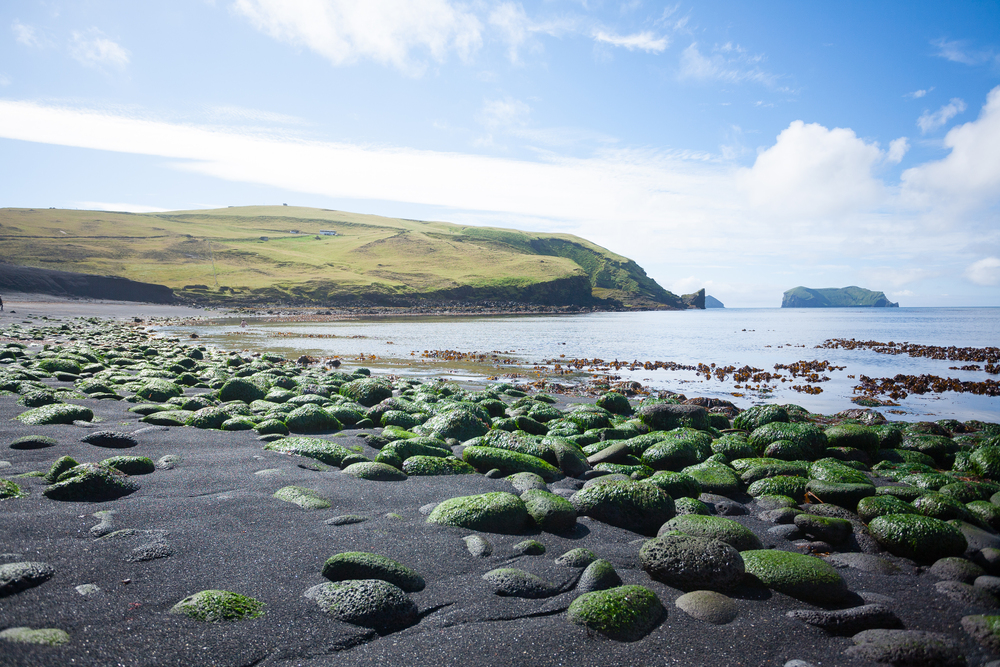
Vestmannaeyjar (Westman Islands) sit off Iceland’s south coast, where puffins outnumber people and fishing remains the primary occupation. The main town of Heimaey rebuilds itself around fishing, with most families connected to the sea in some way.
Local fishermen work some of the most productive waters in the North Atlantic, catching cod, haddock, and other fish using sustainable methods. The village features traditional Icelandic architecture adapted to withstand the harsh North Atlantic weather, with buildings designed to handle everything from volcanic ash to hurricane-force winds.
Where Ancient Rhythms Still Rule the Tides
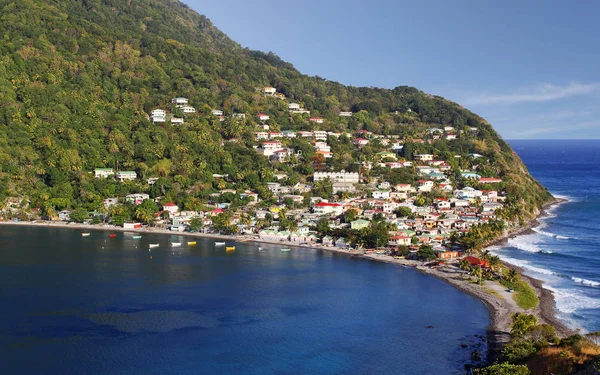
These fishing villages represent something increasingly rare in our connected world—communities that still operate according to natural rhythms rather than tourist schedules. They remind us that the relationship between humans and the sea goes much deeper than postcard-pretty harbors and seafood restaurants.
The fishermen in these places carry forward knowledge that spans generations, understanding wind patterns, tide schedules, and fish behavior in ways that can’t be learned from books. Their boats, techniques, and even their daily routines connect directly to ancestors who worked these same waters centuries ago.
In a world where authentic experiences become harder to find, these villages offer glimpses into maritime traditions that continue to thrive away from the cameras and crowds.
More from Travel Pug

- 20 Best Beach Towns in the Carolinas
- 13 Destinations Where Tourists Regularly Regret Their Trip
- 20 Things You Actually Get in First Class
- 20 Small Airports With Aviation Museums
- 20 Places in the U.S. That Are Perfect for a Reset Trip
Like Travel Pug’s content? Follow us on MSN.
